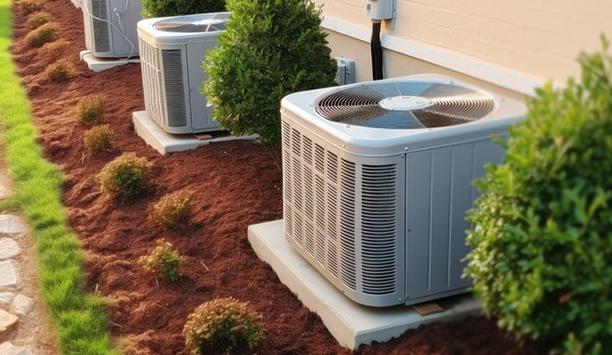If history truly repeats itself, might we learn lessons from the past – even lessons about managing a novel coronavirus that upends our way of life and changes the world forever?
The most commonly cited parallel to the COVID-19 pandemic is the Spanish flu pandemic of 1918. Both diseases are caused by viruses that had not been seen before. In both cases, no one had immunity to a highly infectious germ that was spread through respiratory droplets. Both outbreaks occurred in multiple waves over several years.
Furthermore, in both cases, it became clear that ventilation, fresh air, open spaces and sunlight are useful factors in promoting good health.
Fresh Air Movement
During the time of the Spanish flu, there were signs posted in buses and throughout New York that advised: "Keep your bedroom windows open [to] prevent influenza, pneumonia [and] tuberculosis."
There was even a national campaign known as the “Fresh Air Movement,” calling for people to be outside more, and urging greater ventilation indoors. The movement included a kind of traveling show that spread the word about the “national poison,” which was the result of people breathing stale air inside closed rooms. These concerns predated by decades our enthusiasm for “indoor air quality.”
In became common after 1918 to position radiators providing steam heat under open windows to combine warmth with fresh air, even on the coldest of days.
The Open-Air Treatment of Pandemic Influenza
It was also common practice by 1918 to place the sick outside in tents or in specially designed open wards
But the advantages of fresh air go back even further, as described in a 2009 article in the American Journal of Public Health (AJPH) titled “The Open-Air Treatment of Pandemic Influenza.”
During the 1918 pandemic, as today, many cities banned public assembly, closed schools, isolated those infected and mandated the wearing of face masks. It was also common practice by 1918 to place the sick outside in tents or in specially designed open wards, according to the AJPH article. The practice dates back to English physician John Coakley Lettsom (1744-1815), who was among the first advocates of the “open-air method.”
The 1800s saw emergence of tuberculosis sanitoriums, which treated the lung disease with a combination of fresh air, gentle exercise in the open, nutrition, and a minimum of medicines.
Lack of ventilation
Spending time in well-ventilated houses in the country became seen as superior to patients being confined to warm, badly ventilated rooms to protect them from the supposedly harmful effects of cold air. Lack of ventilation forced patients to breathe foul air, contaminated with germs, over and over.
Research later confirmed the importance of measures to prevent influenza virus from spreading through buildings. Improvements in air-handling equipment, portable filtration units, and introduction of physical barriers and other partitions or doors also provided protection.
These lessons were clear long before the advent of the novel coronavirus that causes COVID-19. Their successful deployment during the pandemic have further supported their value.
importance of HVAC
Although the COVID-19 pandemic caught the world off-guard, there were plenty of historical precedents
However, lockdowns during the pandemic have also tended to keep the population closed up in buildings, sometimes with less-than-adequate ventilation and access to fresh air. In retrospect, some of those decisions seem regrettable.
Although the COVID-19 pandemic caught the world off-guard, there were plenty of historical precedents. Copious research over the years supported the best approaches to stemming the spread of the virus, although it took time for historical insights to work their way into the general practice implemented in the current pandemic.
There is also historical precedent for the importance of HVAC in the current pandemic. Ventilation and fresh air have become higher priorities, as has the HVAC market’s role in providing a safer indoor climate with minimal disease spread.







































